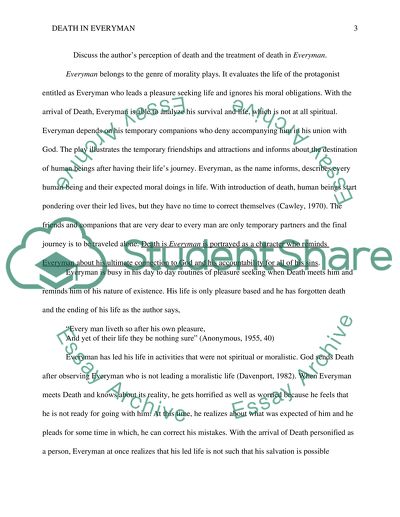Cite this document
(“The death and the treatment of death in Everyman Essay”, n.d.)
The death and the treatment of death in Everyman Essay. Retrieved from https://studentshare.org/literature/1650963-the-death-and-the-treatment-of-death-in-everyman
The death and the treatment of death in Everyman Essay. Retrieved from https://studentshare.org/literature/1650963-the-death-and-the-treatment-of-death-in-everyman
(The Death and the Treatment of Death in Everyman Essay)
The Death and the Treatment of Death in Everyman Essay. https://studentshare.org/literature/1650963-the-death-and-the-treatment-of-death-in-everyman.
The Death and the Treatment of Death in Everyman Essay. https://studentshare.org/literature/1650963-the-death-and-the-treatment-of-death-in-everyman.
“The Death and the Treatment of Death in Everyman Essay”, n.d. https://studentshare.org/literature/1650963-the-death-and-the-treatment-of-death-in-everyman.


